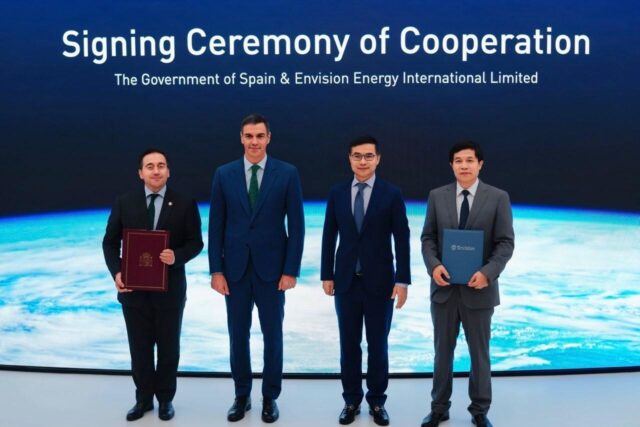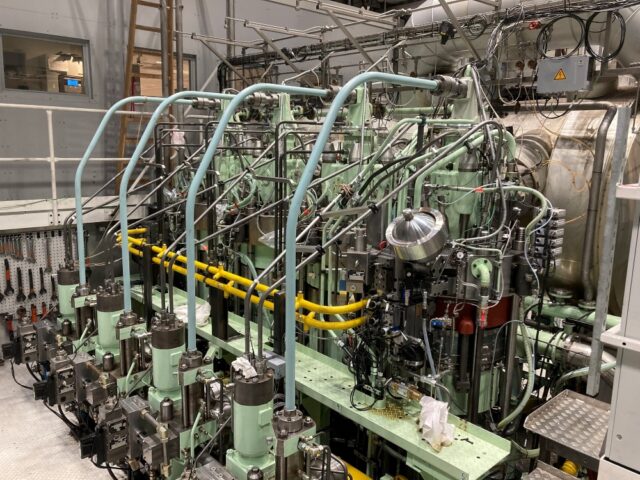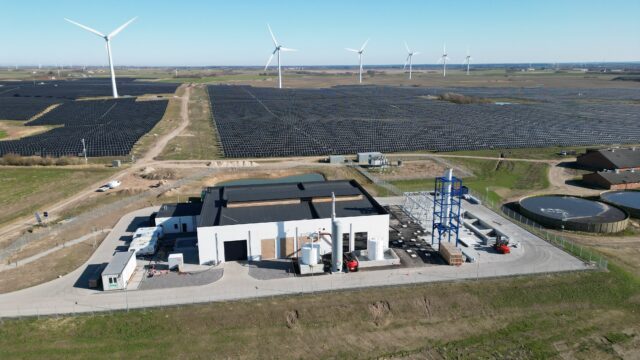Prumo and Fuella: renewable ammonia production in Brazil
Ammonia developers Prumo and Fuella have secured land in Port do Açu, Brazil for the development of a 400,000 tons per-year renewable ammonia production plant. Set to come online in 2030, the ammonia produced from the integrated facility will be used both locally and for export to Europe.








